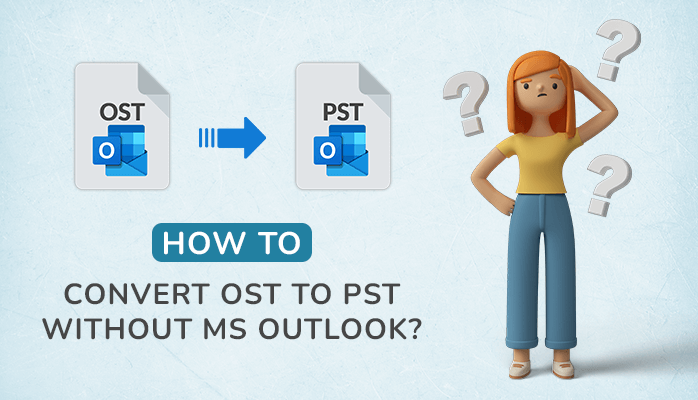To the older generation, VHS tapes define moments in time that they want to remember.
Unfortunately, childhood memories and family outings can end up crushed at the bottom of storage boxes or mangled in old VHS machines.
So, if you’re wondering how to repair a VHS tape or if it’s even possible, we’ve got great news for you.
To repair a VHS tape, you require splicing tape, a pair of scissors, and a flathead screwdriver. Fixing the tape is actually quite easy if you have patience and a steady hand. Dismantle the cassette and cut the damaged piece of tape out. Then use the splice tape to glue the two ends together.
Splicing tape is available from specialty repair suppliers or stationery stores. It comes in the correct width for repairing a variety of videotape and film sizes.
To cut the VHS tape, you can use an X-ACTO hobby knife or a sharp pair of scissors.
Video Tape Repair Guide
Step 1
If the VHS cassette is damaged or if the tape is wound up inside the spool, then you’ll have to open the cassette to access the tape. To do this, remove the 5 screws that hold the cassette together.
After removing the screws, you can lever the cassette apart, making sure that you don’t lose any of the components inside that may fall out.
Step 2
Unwind the tape until you have revealed the damaged tape and can find a smooth section of tape on both ends.
Then cut the damaged portion of the tape, making sure to make a nice, clean cut. It is very difficult to splice the ends of the tape if it has a jagged cut or if the tape is not smooth.
Step 3
Cut a piece of splicing tape and carefully align it with one piece of VHS tape. Lay the other piece of tape next to the glued section so that they lie close together.
It’s important that you make a perfectly square cut so that the two pieces of videotape line up as perfectly as possible.
If you don’t have any splicing tape, you can use scotch tape. While this will work most of the time, scotch tape is much thicker than splicing tape and can bind in a VHS machine.
Step 4
Once you’ve taped the videotape, trim any excess splicing tape without damaging the videotape. To accomplish this, use an X-ACTO knife or, if you prefer, and have a steady hand, a pair of scissors.
While not essential, try to place the splice tape on the underneath section of the tape. This way, when the tape runs through the VHS machine, the piece of splicing tape won’t come into contact with the playing heads.
Step 5
After that, all that remains is for you to run the tape back through the pinch rollers and then close the cassette.
You need to make sure that all the pieces of the cassette are in place, otherwise it won’t work properly.
The best way to do this is to take a photo of the opened cassette before you’ve removed anything. That way you’ll have a visual cue to follow when putting everything back together again.
Which VHS Tapes Cannot Be Repaired?
VHS tapes can sometimes not be repaired. This is usually because they are so damaged that there is no way that they could successfully run in a VHS recorder.
Tapes that are moldy, mildewed, or have water damage can generally not be recovered or repaired. Also, tapes that have been crushed in such a way that there is no undamaged section of tape to work with, cannot be repaired.
Often the cassette case is damaged either by being crushed or cracked, or it has screws missing.
If the videotape inside is still usable, then the cassette case can be replaced with a new one. If screws are missing, try to find equivalent screws to make sure that the case doesn’t come apart when you try to play it.
If there are no screws that will fit or if the screw threads are damaged beyond repair, you’ll have to transfer the tape inside to another case.
The top flap on the cassette often gets damaged or snaps off. This is not a complete disaster as the tape will still play without the flap in place. However, dust and debris are more likely to get into the cassette without the flap in place.
You should either swop the tape over to another undamaged cassette or buy a replacement empty cassette.
Transferring VHS Tapes to a Digital Format
One of the downfalls of VHS tapes is that they deteriorate over time.
Each time the tape is played, it stretches, and the surface sustains minute amounts of damage. This is especially true if you have a VHS machine that has not been serviced or has worn heads.
Once you have spliced the tape, there is a chance that the tape will either break again or sustain some catastrophic damage. This will ultimately destroy any footage that you want to preserve.
The solution is to ensure that you can transfer video footage to a digital format. You can do this quite easily by having a video specialist run the tape through their machine and make a copy which can be stored on a USB or in the cloud.
This allows you to retain a high-definition copy of your footage as well as be able to make prints of individual frames.
Conclusion
If your VHS tapes contain footage that you want to keep, then it is best to make copies.
The best way is to record it on a medium that is easy to use and can be shared without losing the original.
The sooner you transfer the footage the better, as VHS tape gets brittle with age and can snap easily, especially if you’ve already had to make repairs.
By following the steps above, you’ll know how to repair a VHS tape successfully and preserve the contents for many more years.








